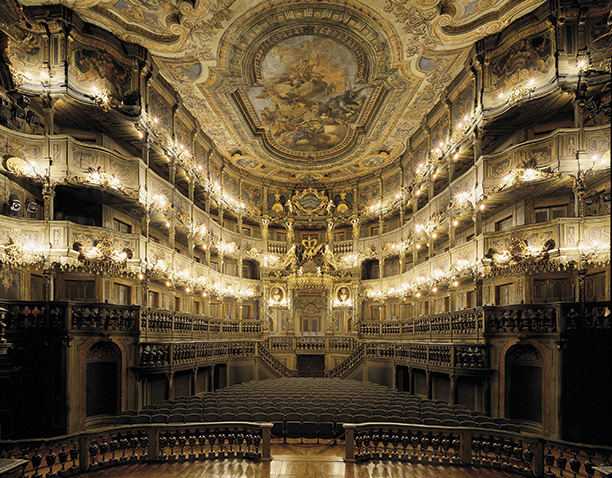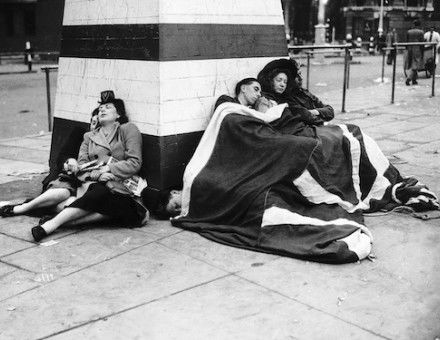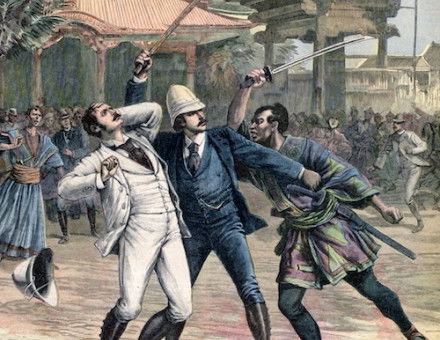Wagner’s Unsung Heroine
Bayreuth has much for which to thank Richard Wagner, but the determination of a Prussian princess to create something out of her dull and provincial 18th-century marriage helped make the city the place it is today, says Adrian Mourby.
 Richard Wagner’s 200th birthday will be celebrated worldwide during 2013, but especially in Bayreuth. This small, walled Franconian city owes its fame to Wagner’s decision in 1872 to build his revolutionary Festspielhaus on a wooded slope above it. Yet there are others who deserve some of the credit. Visit Bayreuth today and you will see four faces on tourist board posters. Inevitably, one is Wagner. Another is Franz Liszt (1811-86), Wagner’s father-in-law, who died in Bayreuth after a local doctor made the bottle-a-day whisky drinker go cold turkey in order to cure his pneumonia. The third is Jean Paul (1763-1825), the celebrated but under-read German poet, who also died in Bayreuth; and the last, a serious-looking young woman who can count among her memorials the superb, 18th-century Margravial Opera House.
Richard Wagner’s 200th birthday will be celebrated worldwide during 2013, but especially in Bayreuth. This small, walled Franconian city owes its fame to Wagner’s decision in 1872 to build his revolutionary Festspielhaus on a wooded slope above it. Yet there are others who deserve some of the credit. Visit Bayreuth today and you will see four faces on tourist board posters. Inevitably, one is Wagner. Another is Franz Liszt (1811-86), Wagner’s father-in-law, who died in Bayreuth after a local doctor made the bottle-a-day whisky drinker go cold turkey in order to cure his pneumonia. The third is Jean Paul (1763-1825), the celebrated but under-read German poet, who also died in Bayreuth; and the last, a serious-looking young woman who can count among her memorials the superb, 18th-century Margravial Opera House.
Princess Friederike Sophie Wilhelmine of Prussia (1709–58) was the older sister of Frederick the Great and an opera composer and accomplished musician in her own right. Moreover, without her we can safely say there would be no annual Wagner Festival in Bayreuth.
The daughter of the militarily ambitious Frederick William I of Prussia, her education was no less violent than her brother’s. On one occasion Wilhelmine’s governess confided to Queen Sophia Dorothea that she was having to beat the young princess so much every day that she worried her pupil might end up permanently crippled.
As the granddaughter of the German-born George I, an advantageous marriage to cousin Frederick, the Prince of Wales was discussed, with the possibility of Wilhelmine becoming a future queen of Great Britain. Unfortunately her father took exception to conditions placed on the marriage by the British and opted instead for a Habsburg alliance. When this also fell through, Wilhelmine was married off in 1731 to Frederick, Margrave of Brandenburg-Bayreuth (1711-63), a fellow Hohenzollern.
It was not a greatly advantageous match. Bayreuth was a backwater and the margrave had until recently been contracted to marry Wilhelmine’s younger sister, Sophie. Quite a lot of inducements were required before Frederick William got his daughter to the altar in Berlin. An easing on her brother’s semi-captivity following his attempt, the previous year, to flee their psychopathic father may well have been one of the concessions Wilhelmine extracted.
Although at first the new margravine of Bayreuth got on well with her husband, she felt the provincialism of Bayreuth acutely and hated its medieval architecture. Home was the Altes Schloss, with its huge artillery tower. Wilhelmine put a lot of energy into fashioning a modern city of culture from this rather grim raw material. She promoted the arts, patronised architects and writers and founded a university. The crowning achievement of Wilhelmine’s rococo makeover of Bayreuth was her creation of an opera house, just outside the old city walls. This was inaugurated in 1748 for the marriage of the couple’s only child, Elisabeth Fredericka Sophie. The wedding of the 16-year-old princess was the most spectacular event the city had ever seen. As the spacious Neues Schloss was not yet finished, Europe’s royalty and aristocracy were entertained at the newly completed opera house. It is possible today to read this building as reflecting Wilhelmine’s intention first to lower and then to confound the expectations of guests, whom she believed felt sorry for her virtual banishment to Bayreuth.
The opera house has a plain, almost austere, foyer dominated by a tall wooden staircase (used as a backstage location in the 1994 film Farinelli), yet once into the auditorium, the walls and ceilings erupt in blue and gold to create the most elaborate tiered seating and standing areas. The whole court could be presented to the people below with the margrave and margravine on display in a box at its centre like Apollo and Athena, their chosen icons.
Not only was the opera house a sumptuous testament to the refinement of the new Bayreuth, it had a large stage capable of mounting great spectacles and – by design – a set of double doors wide enough to allow the margravine’s coach and four to deposit her in the backstage area.
It was the size of the stage that attracted the attention of Richard Wagner. In 1872, 114 years after Wilhelmine’s death, the composer arrived to see if Bayreuth was the right location for the great festival he was planning. Wagner wanted a location where his audience would not be distracted by the opportunity to gamble in a casino or linger at a spa. Wilhelmine’s determination to build on such a scale in the depths of Franconia suited Wagner, but her opera house was clearly going to upstage any work performed in it. Besides, the orchestra were on the same level as the audience and the conductor was required to face the margravial box and keep his back to the singers.
Undeterred (not much deterred Wagner) the composer found a location on a hill just outside the city. On May 22nd, 1872 Wagner conducted Beethoven’s Ninth Symphony at the old opera house in a fund-raising exercise for his new temple of the arts and in 1873 the Festspielhaus opened.
Without Margravine Wilhelmine and her ostentatious opera house it is safe to assume that Bayreuth would never have attracted Richard Wagner and, without Wagner, the provincial city would never have gained the international profile it enjoys today. Of course Wagner was always a double-edged sword. Had it not been for him, Bayreuth would not have meant so much to the National Socialists and the RAF and USAF would not have bombed it so heavily over three nights in 1945 in an action that had more to do with symbolism than strategy. Much of Wilhelmine’s rococo Bayreuth – 4,500 houses – was destroyed in those raids but miraculously neither opera house, Wilhelmine’s nor Wagner’s, sustained any damage.




